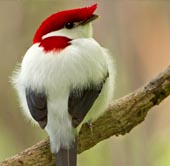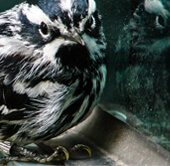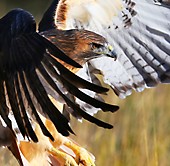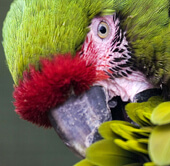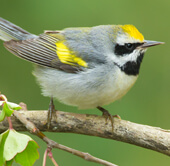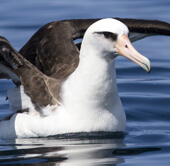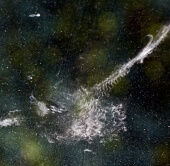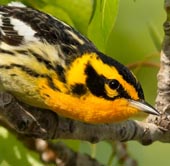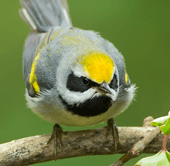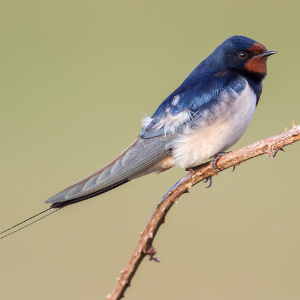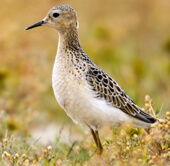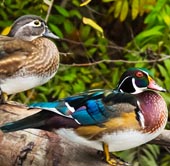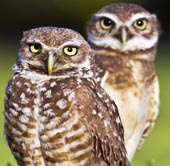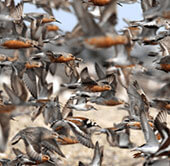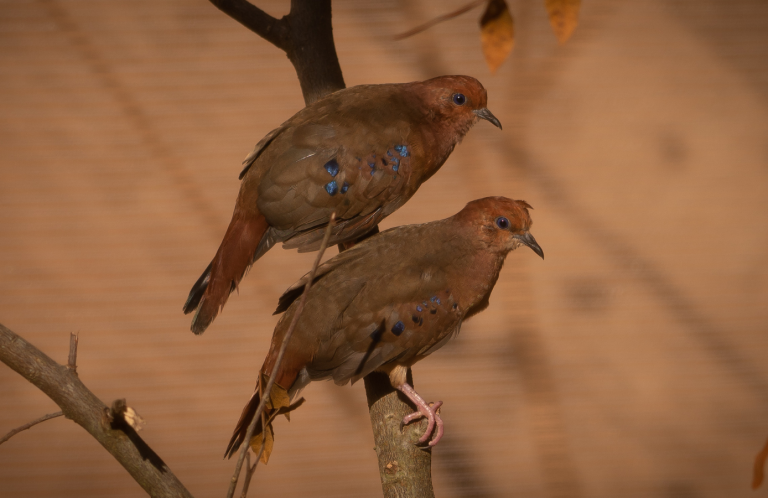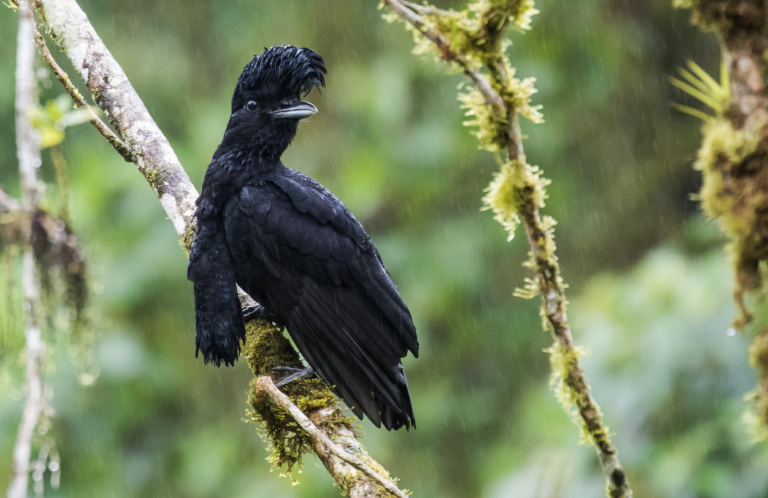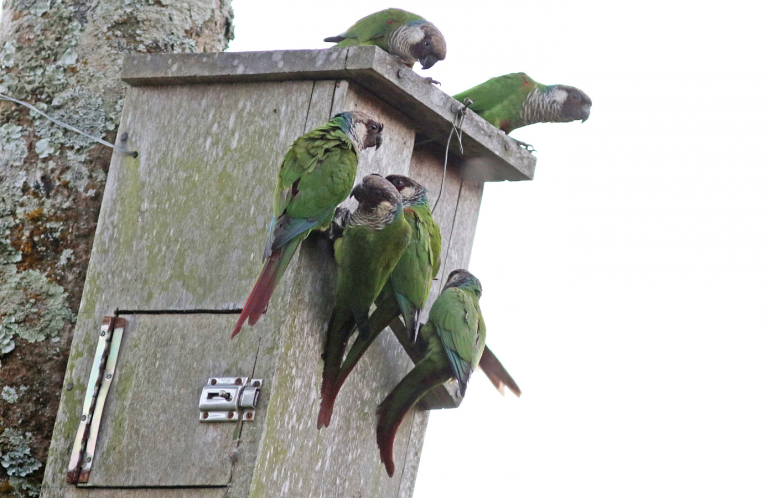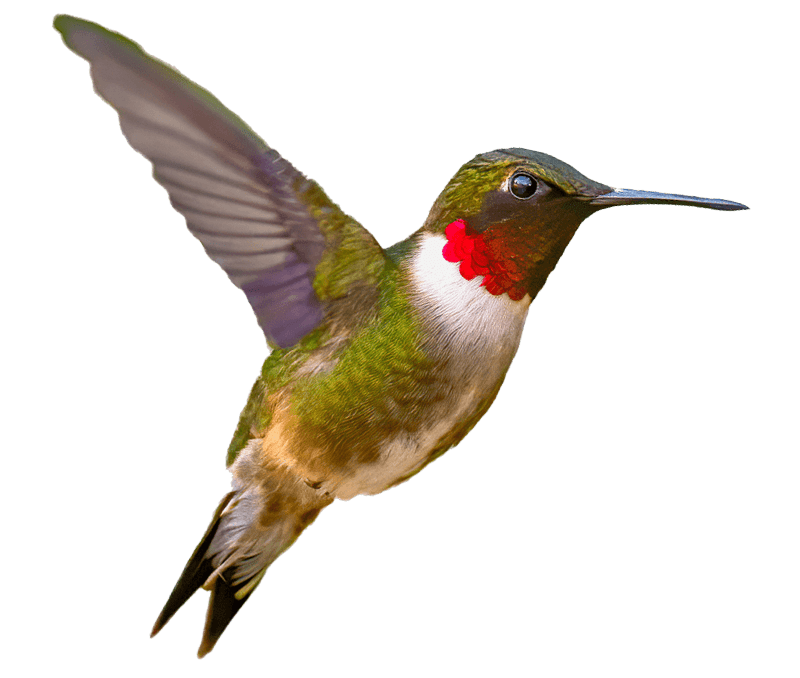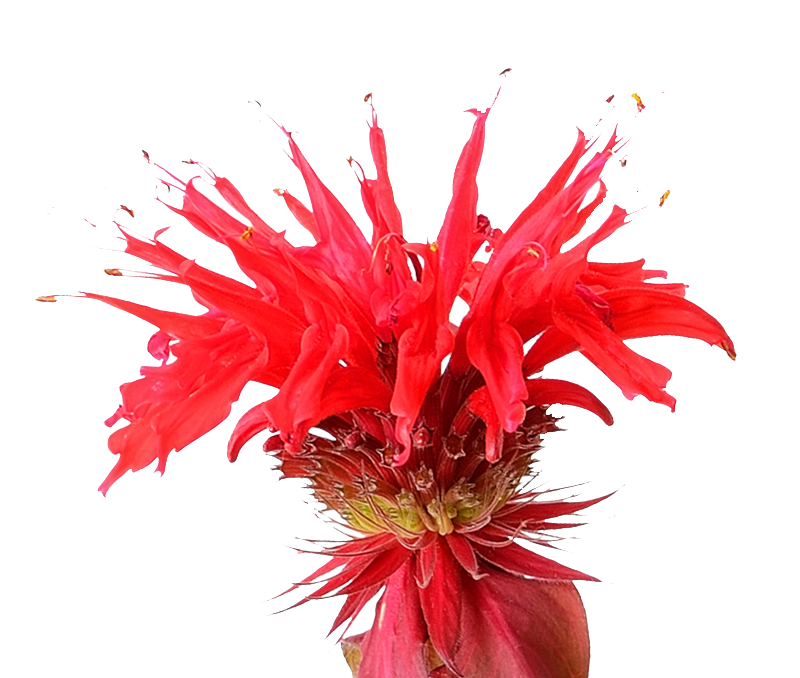New Study Quantifies Need for Red List Bird Population Improvements
In a new paper published today in the journal Bird Conservation International, American Bird Conservancy (ABC) scientists David A. Wiedenfeld and Marcelo F. Tognelli highlight the need for updated data to better inform species status decisions and consequential conservation efforts. The paper explains that some bird population estimates in the International Union for Conservation of Nature's (IUCN) Red List assessments need to be updated because they are 20 or more years old.
“Better Red List assessments mean better conservation,” said Wiedenfeld, ABC's Senior Conservation Scientist. “Our goal is not to criticize previous work, which was of course based on the best information available at the time. Rather, we want to identify bird species that may be overlooked and in need of up-to-date, quantitative data that can be used to improve and ensure their population estimates and habitat ranges are as correct as possible. It's important we know which species are of greatest need.”
Established in 1964, the IUCN Red List of Threatened Species has evolved to become the world's most comprehensive information source on the global conservation status of wildlife species. Around the world, government agencies, conservation groups, foundations, and others rely on the widely understood system for classifying species at high risk of extinction.
In their study, Wiedenfeld and Tognelli focused on 473 species of land birds from the Americas and the Caribbean. Data of bird population size estimates for species listed as Critically Endangered, Endangered, or Vulnerable at the end of 2021 was obtained from BirdLife International, the IUCN Red List Authority for birds. The co-authors evaluated the age of estimate for each available population and how it was derived. They found that more than one-third of the population size estimates (38 percent, 161 species with a date of population estimate) were made in 2000 or earlier.
“In the past 20 years, a lot of new data and new ways to collect data have become available to help make bird population estimates and map bird distributions. One factor is just the increase in the number of researchers and birders traveling to areas where rare birds occur, with data collection made easier by using citizen science platforms such as eBird,” said Tognelli, International Project Officer at ABC. “This new information offers an opportunity to improve population estimates and accuracy of conservation status assessments.”
Although there has been a consistent effort to update estimates with scientific sampling methods since 2000, some population estimates derived from updated range maps were different from those derived with previous maps. In those 20 years, deforestation in Latin America and the Caribbean has likely affected the populations of many forest species. Grasslands and other habitats have been diminished and degraded as well. It is possible that a significant number of the population estimates from 2000 and earlier are no longer valid.
Because some bird population estimates are extrapolated from small areas, Wiedenfeld and Tognelli also wanted to discern how more refined and updated range maps might affect Red List assessments. Wiedenfeld and Tognelli point out that if range maps were made using more current methods, at least 11 species in their study could have their Red List assessments changed to more accurately reflect their situations. For example, they say, the Esmeraldas Woodstar and the Yellow-faced Parrotlet would be considered more threatened, and the Mangrove Hummingbird would qualify for a less threatened status. Improved assessments more clearly show where conservation action is needed to prevent extinctions as well as where progress has been made.
They also explain that surveys in geographic areas of overlap, where several species needing updated population data occur together, can make it more efficient to improve their population estimates at once. Areas with many species needing such data are in western Ecuador, northwestern Colombia, and northeastern Brazil.
“The Red list is an important tool used by conservationists all over the world to assess threats to specific species,” said Tognelli. “It's important that it has the best quality data we can have.”
“We encourage the birding and ornithological community to work to obtain current, high-quality population size and range estimates, to help improve Red List assessments,” said Wiedenfeld. “This type of data advancement would be extremely valuable by identifying unconsidered species and habitats outside of protected areas. It's a wonderful opportunity for researchers, citizen scientists, and bird lovers worldwide to help improve official data and prevent the most imminent extinctions.”
Anyone with new population data on a bird species that might affect its Red List assessment should contact BirdLife and propose a reassessment.
Amid the hundreds of bird species listed on the IUCN Red List, to date, ABC has helped nearly 60 species stabilize and recover by determining which areas to protect. To learn more about how ABC is helping conserve the Western Hemisphere's most endangered birds, visit the Alliance for Zero Extinction.
###
American Bird Conservancy (ABC) takes bold action to conserve wild birds and their habitats throughout the Americas. Inspired by the wonder of birds, we achieve lasting results for the bird species most in need while also benefiting human communities, biodiversity, and the planet's fragile climate. Our every action is underpinned by science, strengthened by partnerships, and rooted in the belief that diverse perspectives yield stronger results. Founded as a nonprofit organization in 1994, ABC remains committed to safeguarding birds for generations to come. Join us! Together, we can do more to ensure birds thrive.
Media Contact
Jordan Rutter
Director of Communications
media@abcbirds.org

